
Nightscapes in Asian Cities – Now and Future
This is a panel discussion to consider how the night landscapes in Asia should evolve in the future, following the proposals made by the student workshop. With lighting designer Mr. Kaoru Mende as a moderator, the mentors to each student team participated as panelists; Mr. Yoshiyuki Kawazoe (Tokyo, Japan), Mr. Inho Cha (Seoul, Korea), Mr. Xin Zhang (Beijing, China), Mr. Amardeep Dugar (Udupi , India), Mr. Kenya Endo (Singapore), and Mr. Acharawan Chutarat (Bangkok, Thailand).
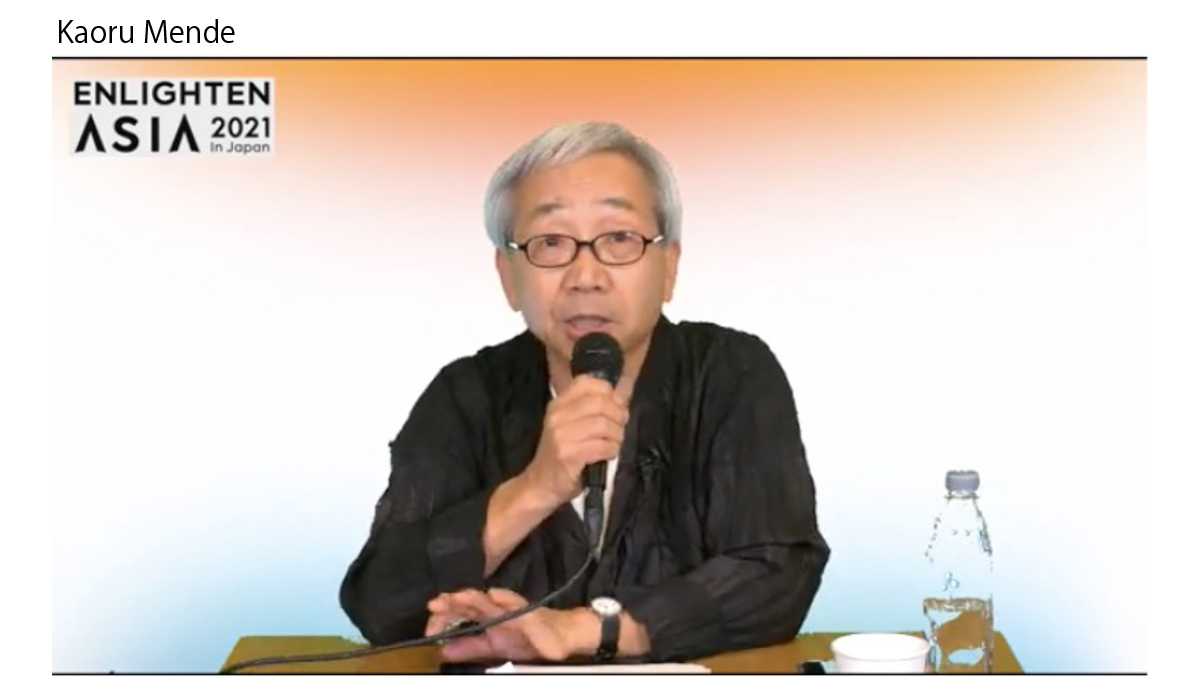


The discussion proceeds based on three questions from Mr. Mende. The first question was “How did you evaluate the proposals by the students from six cities?” Regarding this question, Mr. Dugar (Udupi) comments that it was a meaningful task for students, who were new to lighting design, to think separately about the hero and villain of lighting. Some students mention it was difficult to work in groups under the Covid-19 conditions. However, proposals for the society after the Covid-19 pandemic, as well as those showing their local characteristics were highly evaluated.
The second question was “How do you evaluate your city from the lighting perspective?” Each panelist evaluated and explained their own city’s characteristics based on five indicators (security and safety, city beautification, comfort, environment friendly, and local character ), showing the radar chart they prepared beforehand. Mr. Kawazoe says he gave a perfect score to safety because Tokyo is safe and has sufficient amount of lighting, but it will need to focus more on the quality, not quantity, of lighting, as well as local characteristics in the future. Mr. Inho points out that the beautiful nature surrounding Seoul is not fully taken advantage of due to the uniformity of lighting resulting from compliance with the strict regulations on the nightscape of Seoul. Mr. Endo says that while Singapore has an attractive nightscape, it also needs to consider light pollution. Mr. Zhang also comments that Beijing is a very beautiful city, but it lacks consideration of comfort and environment. Ms. Acharawan says that although Bangkok has a unique character including its darkness, people may feel differently when it comes to safety. She also praises the efforts currently being made to improve comfort and environmental consideration. Mr. Amardeep says that he gave a perfect score to local character, safety, and comfort to Udupi, while there is still room for further improvement in terms of city beautification because of the immaturity of its urban design concept.


Lastly, in response to the last question “What do you expect for the future nightscapes in Asia?”, there were comments from various point of views, such as the importance of reflecting the local character, the need to increase awareness of the quality of lighting, as well as the need to take measures against future climate change and possible disasters by utilizing latest technologies. Mr. Kawazoe also commented on the concept of nightscape, architecture, and lighting in Asian cities in relation to the common monsoon climate. In addition, there were comments shared among the panelists, such as it was great to see a brighter future through the various proposals in the dark days of the Covid-19 pandemic, and a workshop like this offered the young Asians an opportunity to interact and learn each other’s perspectives, to build a basis for a collaborative relationship.
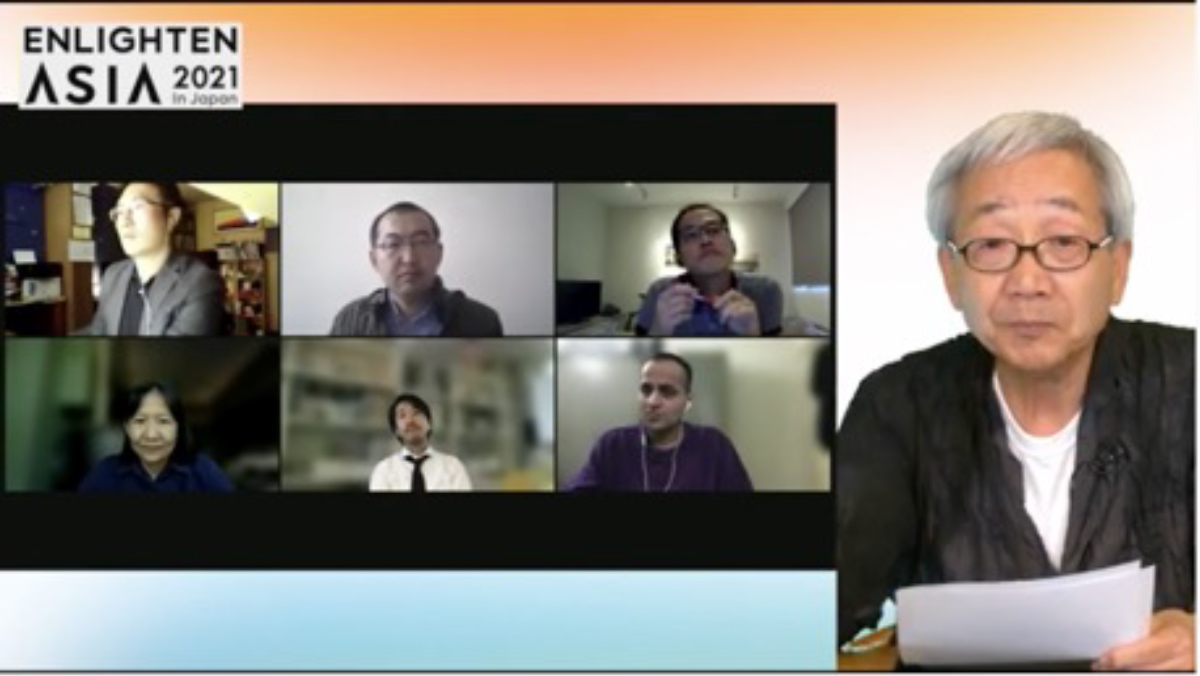
Profile
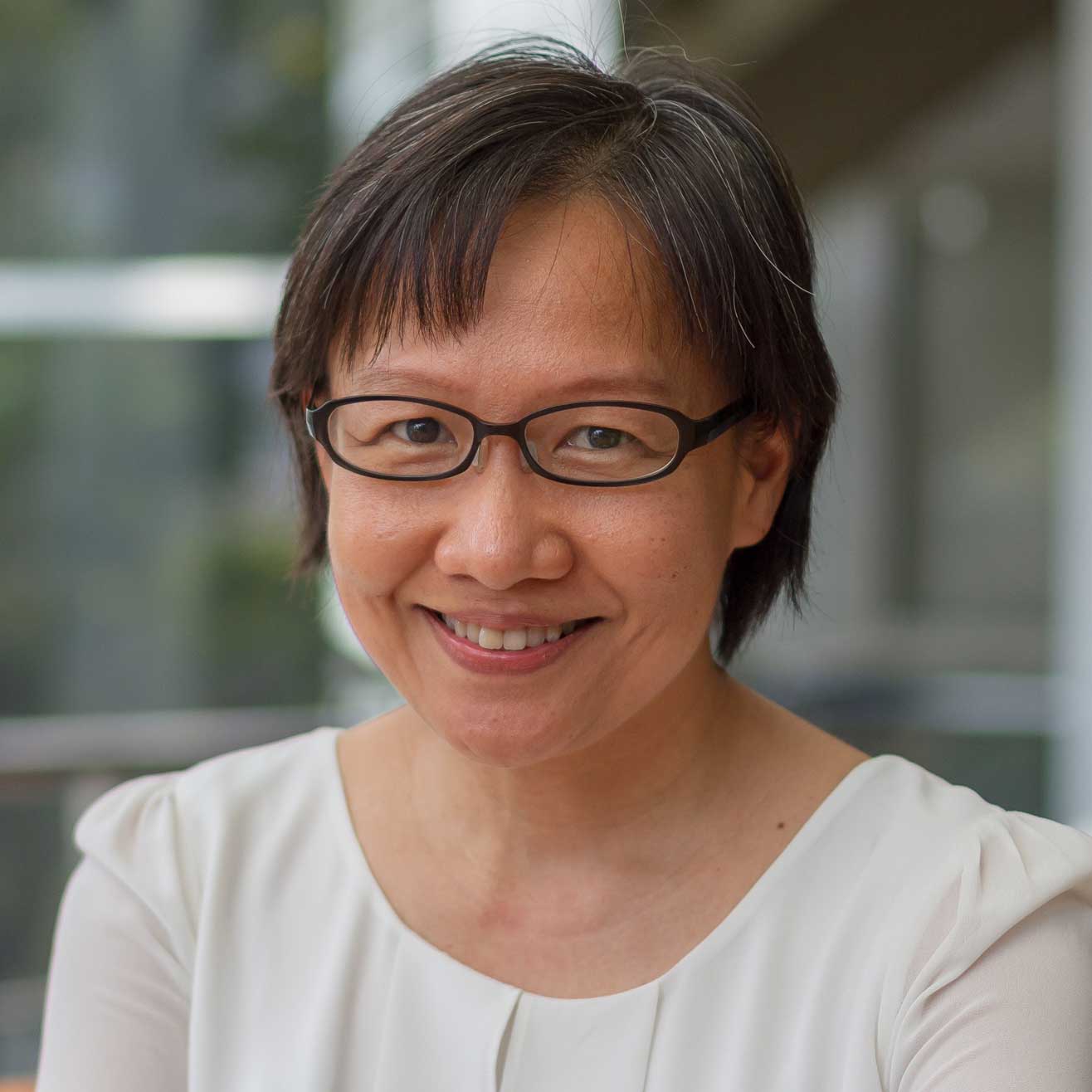
Acharawan Chutarat
Lighting Designer
King Mongkut’s University of Technology Thonburi

Amardeep Dugar
Lighting Designer
Manipal School of Architecture & Planning
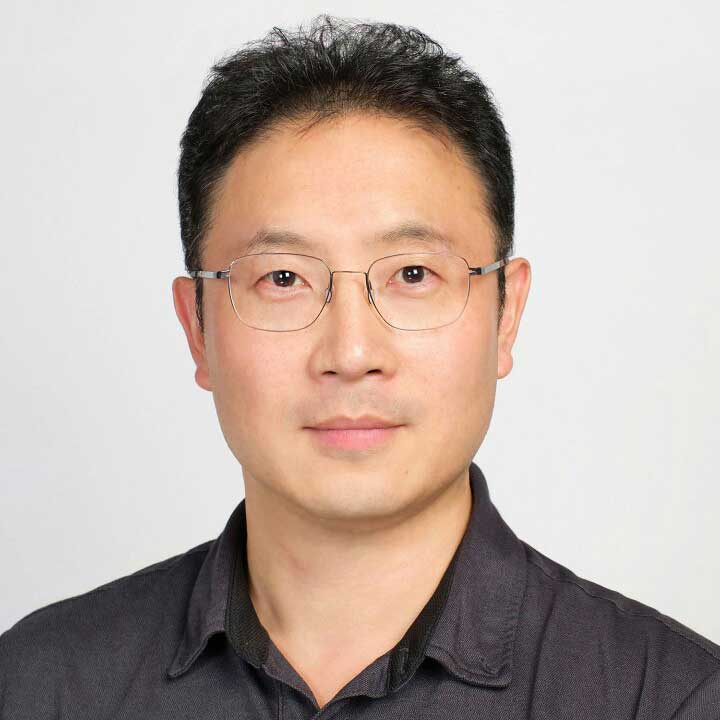
Inho Cha
Lighting Designer
Sungkyunkwan University

Kenya Endo
Landscape Architect
National University of Singapore
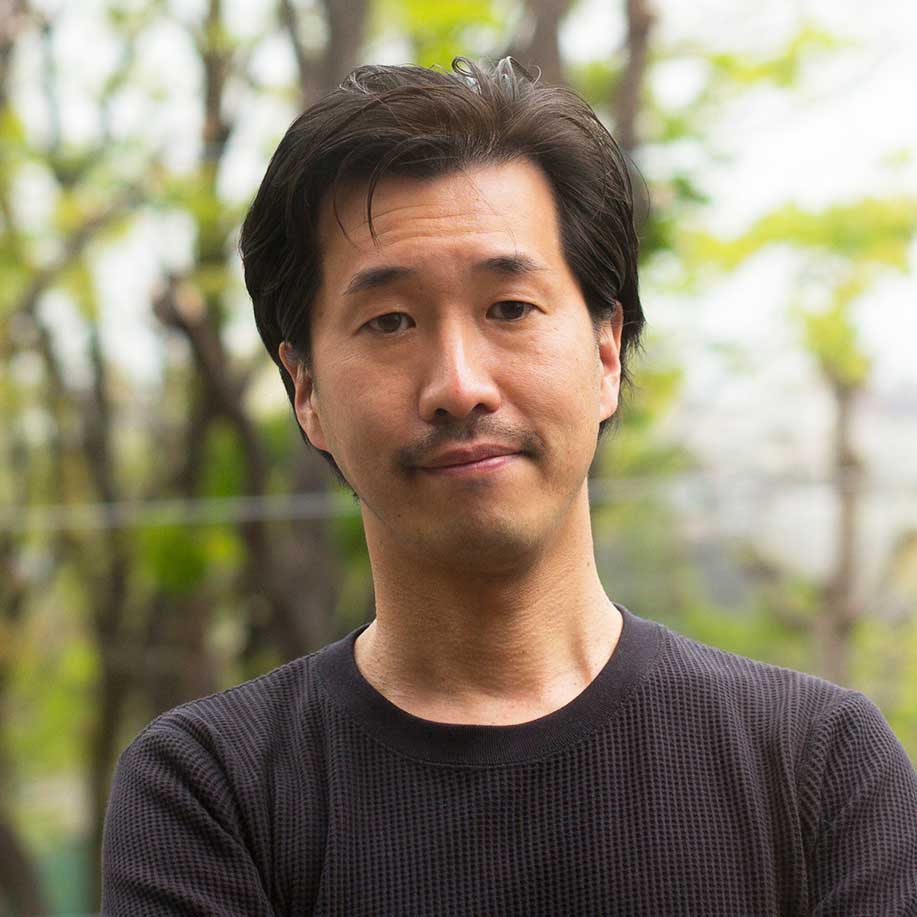
Yoshiyuki Kawazoe
Architect
The University of Tokyo
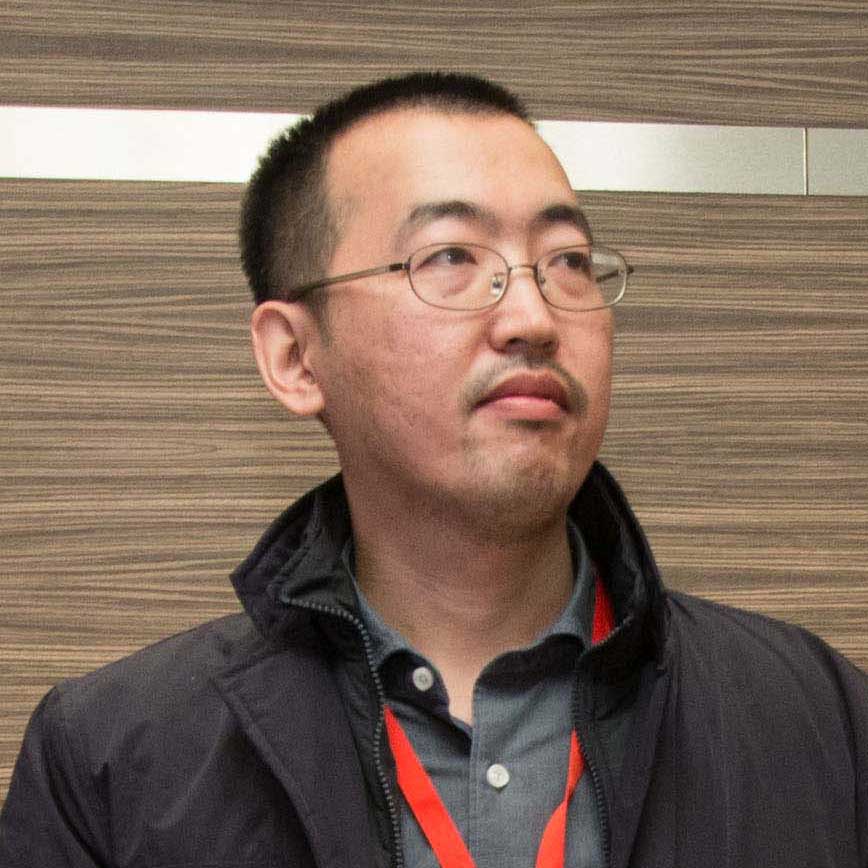
Xin Zhang
Lighting Designer
Tsinghua University
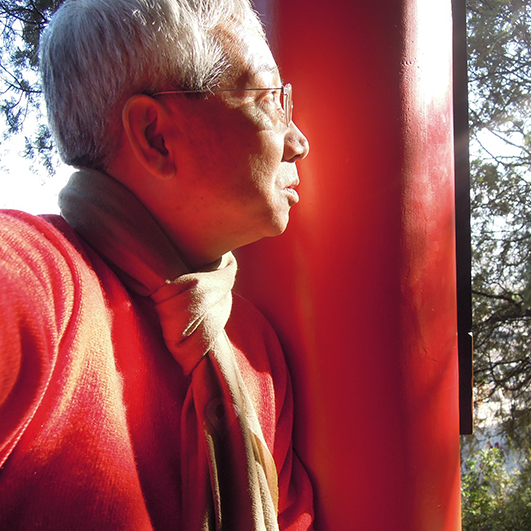
Moderator Kaoru Mende
Lighting Designer
Lighting Planners Associates
